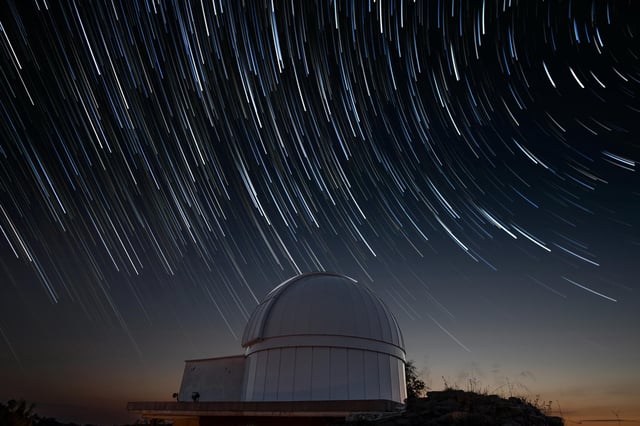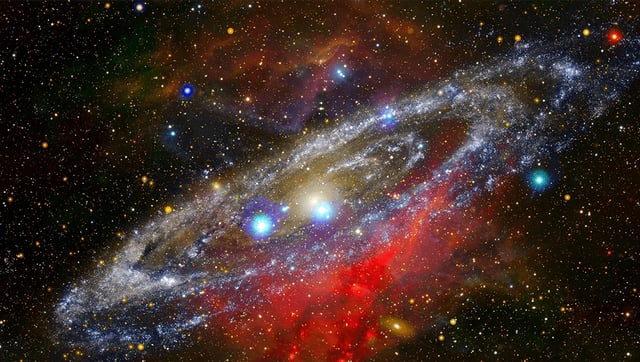Overview
- The Hubble tension refers to conflicting measurements of the universe's expansion rate, with local observations suggesting 73 km/s/Mpc and cosmic microwave background data indicating 67 km/s/Mpc.
- Researchers from Hungary and the U.S. propose that a slow cosmic rotation, completing one turn every 500 billion years, could reconcile these differences.
- The rotating universe model predicts expansion rates that align with both local and global measurements without violating known physical laws.
- The study, published in the Monthly Notices of the Royal Astronomical Society, incorporates a rotational term into standard cosmological equations to bridge the measurement gap.
- Next steps include developing detailed numerical simulations and observational strategies to test for subtle indicators of cosmic rotation.



